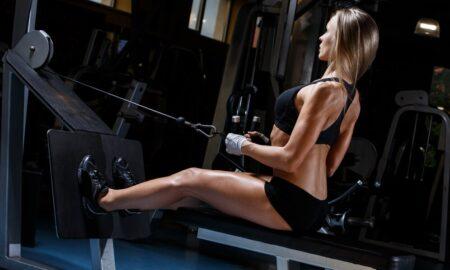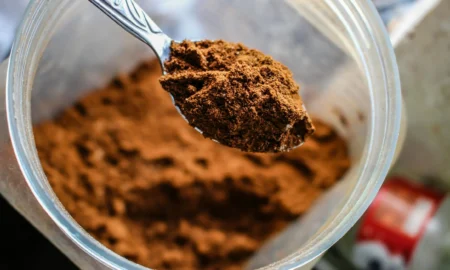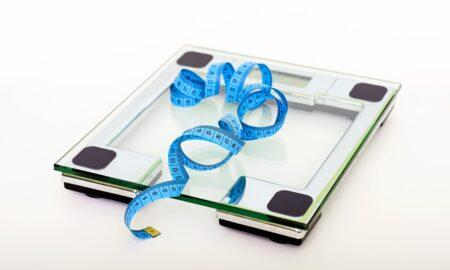For years I had the typical bodybuilding more-is-better frame of mind when it came to using cardio to get in shape. That type of thinking caused me to lose precious muscle size and fullness in the final stages of contest prep. One reason I had to do up to two hours of cardio a day to see results was that I was already doing too much in the off-season in an attempt to neutralize my overindulgence in junk food—just so I could have my cake and eat it too without getting obese.
I averaged four to five cardio sessions of 45 minutes a day in the off-season when what I should have been doing all along was eating cleaner. Once I started dieting, my body was already so accustomed to doing a fairly substantial amount of cardio that to see further effects, I had no choice but to do longer, more intense sessions to burn fat. What did I burn along with the fat? Well, if you said muscle mass, give yourself 10 points. The simple solution turned out to be exercising more self-control and saving the bad stuff for the occasional cheat meal instead of stuffing my piehole every night.
Another critical issue regarding cardio and how to make sure it burns fat and not muscle is the empty-stomach debate. For many years we believed that the most effective way to perform cardio for maximum fat loss was to do it first thing in the morning on a totally empty stomach. The rationale was that muscle glycogen—what the carbs we eat are converted to in the liver and then stored in the skeletal muscles as—is depleted after an overnight fast, so our bodies would not have that as an option to use for fuel and would turn immediately to bodyfat stores instead. Recent research has challenged that theory, and a growing number of bodybuilders feel that they burn just as much bodyfat doing cardio after a full breakfast that includes carbs.
I stopped doing cardio on a totally empty stomach several years ago, as instinctively I felt it was catabolic, or muscle-wasting. I felt that having a protein shake—or at the very least some BCAAs—was called for to preserve lean muscle tissue. I came to that conclusion after several contest preps in which I did empty-stomach cardio and ended up losing more size than I should have.
Hany “the Pro Creator” Rambod, who coaches athletes like Jay Cutler and Phil Heath, doesn’t advise his many clients to do cardio on an empty stomach. If they are very large individuals like Jay who don’t lose mass easily, they take some type of anticatabolic supplement that includes a heavy dose of the branched-chain amino acid leucine. If they’re smaller and, as he has observed, at high risk of losing muscle when they diet, he has them eat a protein-only solid meal first, such as egg whites and lean ground beef or steak.
To that I would add, if you’re doing cardio after weights, getting some BCAAs before the cardio rather than waiting until the entire gym session is over to have your postworkout shake or meal would be a great idea.
I hope some of this can be of use to you as you follow your own path to fat loss. Cardio should burn away your bodyfat—but not your hard-earned muscle.
Editor’s note: Ron Harris is the author of Real Bodybuilding—Muscle Truth From 25 Years in the Trenches, available at www.RonHarrisMuscle.com.




















You must be logged in to post a comment Login